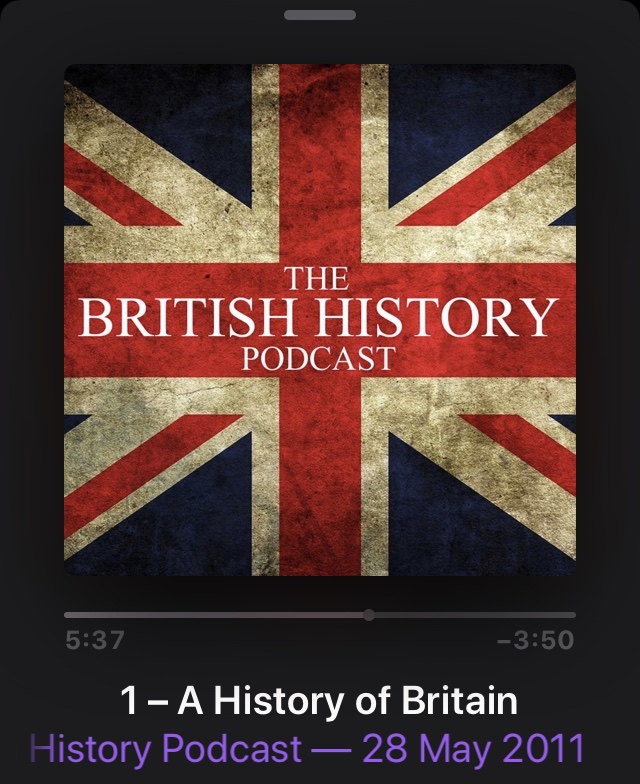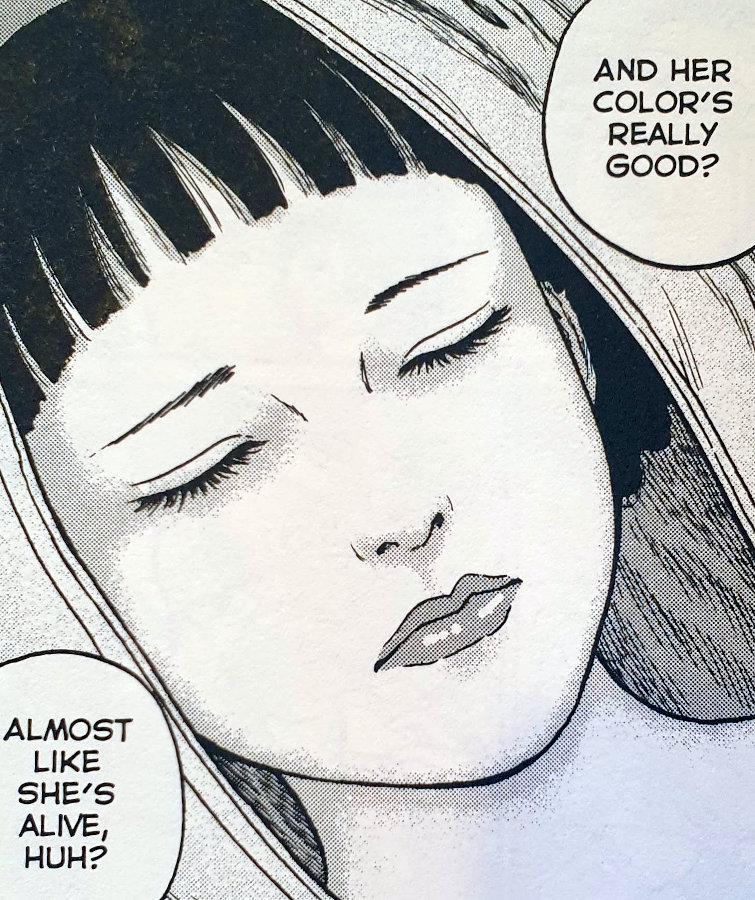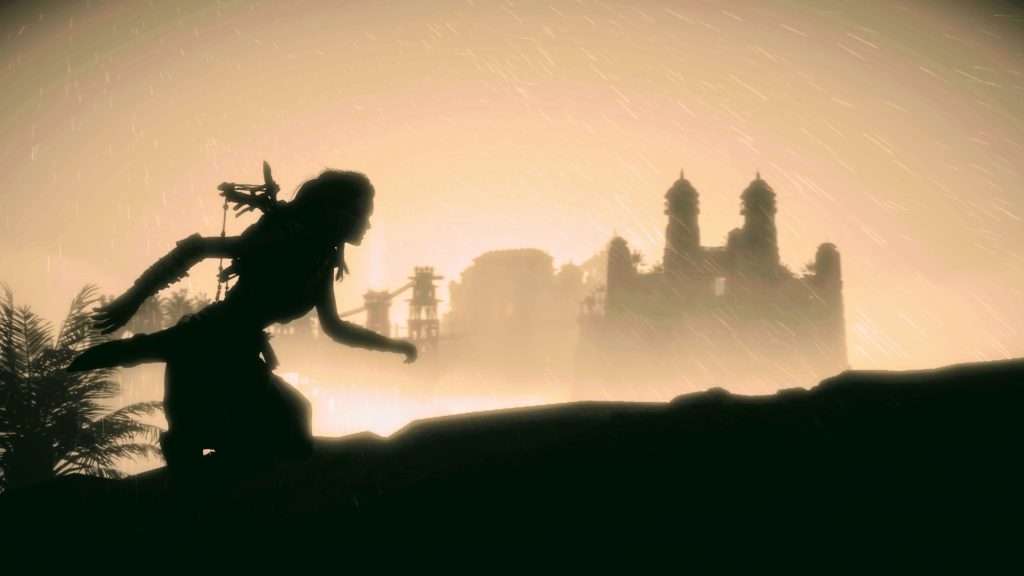Established your own squad of thieves.
-
-
-
📂 Journal
The Man by The Killers
I’ve never been much of a fan of The Killers. However, this song is an absolute banger. Loved it from the first listen.
-
📂 Journal
Notes from British History podcast episode 2
- Covering 70,000BCE to about 100BCE
- 70,000BCE start of the last ice age, temperature dropped by less than 10oF
- There were Woolly Mammoths and Giant Deer in Britannia
- 40,000BCE neanderthals started arriving to Britannia
- 30,000BCE modern humans started arriving to Britannia
- 22,000BCE A “cold snap”. Britannia became a treeless tundra for 1,000s of years.
- Everything went south.
- Things that did stay adapted to the dropping temperature.
- Sea level was about 417 feet lower than it is today
- Britannia was connected to both the continent and Ireland
Doggerland was the connecting area of land that connected britannia to the continent that, by around 6,500BCE, was completely underwater:

Map showing the location of Doggerland and Doggerbank 14,000BCE
- People started arriving back to Britannia as the temperatures began to rise again. The came from southern France and Spain.
12,000BCE
- End of the last Ice Age.
- Ireland is split off from Britannia completely.
- Britannia still just about connected to continent by a land bridge
- Woodlands began coming back
- Humans begin using small flint tools
- Many animals dying out due to rising temperatures. That, and the humans hunting them.
7,150BCE
- Cheddar Man
- Man of about 21 years old
- From the Cheddar Region
- Died due to a blow on the head
- Marks on his skeleton due to bones being scraped clean:
- This is thought to be either burial rituals (secondary burial)
- Or possibly cannibalism
- He is related to at least two residents of modern-day Cheddar
- Also related to about 11% of modern European population
- The land from Britannia to continent becoming marshy.
6,500BCE
- Doggerland now completely sank into the channel
- Britannia is separated from the continent.
4,000BCE
- Britannia hits the Neolithic Age (aka New Stone Age)
- Britannia Population of about 10,000
2,500BCE
- Stonehenge was built.
1,000BCE
- Hill forts begin popping up across country.
- Britannia now in Bronze age, whilst the rest of Europe was in the Iron Age.
700BCE
- Iron begins being introduced into Britannia.
- There was a slow switch over to Iron, probably sped up by warring tribes wanting the upper hand in battle.
500-400BCE
- Celts begin arriving from France and Northern Spain
- At least 2 groups of Celts:
- Goidelic (which became Gaelic) – Settled in Ireland around 350BCE
- Brythonic (which became Welsh, Cornish and Briton)
- Celts as a whole came from the Hellstat Territory in central Europe around 6th Century BCE
- Britannia was actually known of Albion, from the Latin word meaning white.
325BCE
- Greek navigator Pytheas arrived on shores of Britannia
- Had a way of navigating and mapping the island by putting a stick in the ground and noting it’s shadow at various times of the day.
- The name Britannia came from him calling the people he found “Pretani”, meaning “The Painted People” – This made “Pretannike” – The land of the painted people. In Latin P’s often substituted to B’s and so became Britannia.
- Distinct cultural groups
- Coastal people — often traders.
- Kent was most advanced
- Inland people — often hunters and scavengers.
- Coastal people — often traders.
- The way the land was meant that many communities were small in size.
200BCE
- Trade is increased
- Contact with Greece emerges due to the widely available Greek coins.
- Major exports from Britannia were thought to be Tin, Copper and Hunting Dogs.
100BCE
- Gallo Belgic coins start appearing.
- Believed to be due to people accepting payments from military services.
- Some Britons were mercenary fighters for hire.
- “Oppidum” sites increasing — this is according to Caeser.
- Large walled towns often in thickly wooded areas, protected by ditches.
- Britannia was largely an agricultural economy.
- Population now around the 1,000,000 area.
- They spoke a Celtic language
- The “Traditional English countryside” pretty much had its beginnings at this point.
- The Religion of the time was Druidism.
- Discovery of Lindow Man in a peat bog at Lindow Moss near Wilmslow in Cheshire
- Possibly struck on the head (but not killed)
- Then strangled (but not killed)
- Then his throat cut.
- Mistletoe pollen found in his stomach.
- A possible back up for the claim by Romans that the Druids did human sacrifice.
-
-
-
-
📂 Journal
Starting to listen to the British History Podcast again. Planning to work all of the way through it this time.
I love the philosophy and energy behind the person presenting this show. 💚

-
-
-
📂 Manga
Dissection Chan (Dissection Girl)
Dissection Chan — synopsis
At a local hospital a group of medical students are preparing to start their curriculum on the dissections of cadavers. As each of the student groups opens their body bag they find the old, frail bodies of the dead. People who have graciously donated their bodies to the advancement of medical science.
However, there is one group who conversely find a fresh-faced young woman. Fresh- faced enough that she could almost be mistaken as being alive. And then when she twitches a smile and opens her eyes, the students are stunned. They are greeted by a young woman who is begging to be dissected!
She soon runs out of the theatre laughing to herself. The students are left in shock. All except one, who is sure he recognises the woman from his past. This trainee doctor’s name is Tatsuro Kamata. But just how does Tatsuro know this woman? And where will she appear again?

Tatsuro Kamata 
Ruriko Tamiya
Some spoilers below
Journey of a psycho
Dissection Chan is, for me, one of the more disturbing stories by Junji Ito. It is also incredibly original and takes a common backstory of psychopaths and gives it an interesting spin.
When hearing those common backstories, especially in criminal investigation programmes, psychopaths often have a similar backstory. They would normally have been known to cut up small insects as children. They will often then graduate to rodents; then sometimes to cats or dogs; before becoming the vicious killer of humans that they are seemingly destined to be.
In Dissection Chan, the title character Ruriko Tamiya journeys along that same path. She begins cutting up frogs, with the aid of a helpless young Tatsuro — the trainee doctor from the story’s opening, and soon gets a hunger for larger animals. Before long she is chasing her friend with a scalpel, looking like she’s almost ready to become the killer she is seemingly growing into.
But what Ito does, very imaginatively, is take those psychopathic tendencies and turn them inwards. Ruriko becomes obsessed with wanting to be dissected herself.

Peek-a-boo Ruriko Self destruction
Human’s are often described as having a tendency towards self destruction. Now, I am not a psychology student — my levels of psychology knowledge come from films and Derren Brown. Specifically I remember in Terminator 2: Arnold Schwarzenegger saying to John Connor, about human beings, that “It’s in your nature to destroy yourselves”.
I have also discovered this idea in other stories by Junji Ito. The one that springs immediately to mind is The Enigma of Amigara Fault. In it, people are drawn to the pitch black tunnels in an earthquake fault line carved out in perfect human silhouettes.
Just like the people that are drawn to their own holes in the wall, despite it meaning certain doom, so to is Ruriko drawn to her own doom. Being dissected, if not already dead, would definitely kill you, and she is very aware of this. But maybe the very same “Death Drive” exists in her, making the last few panels of this story inevitable.

The sickness inside
The closing panel to Dissection Chan is one of my favourites of all of Ito’s stories I’ve read so far. The insides of Ruriko’s body are like something out of a living nightmare. It’s almost as if the souls of the things she’s dissected and killed over the years have become part of her.
It definitely explains the stomach pains she suffers from.
On a metaphorical level, it feels like it is the sickness inside her that is driving her obsession for dissecting. Something started long ago has being developing inside her. And by the looks of her insides, it is not only driving her to her actions and desires, but it is something she has been feeding too.
It is almost as if her desires in her early days have made way for a biological need to be dissected as of late — in order to let out of her body the rotting, mixed-up living things that have developed inside her.
Well, this is where you come to be dissected, right? I want to be dissected!
Ruriko Tamiya has a very particular taste
Ruriko’s life and her physical body are definitely the result of a very grotesque vicious cycle.
And then there is the sexual deviancy side to it all.
Not only is this woman obsessed with dissection, but in her later years she becomes sexually attracted to it. Soliciting men and begging them to cut her open; then appearing at Tatsuro’s home, as naked as she was on that hospital table, screaming her mantra: “Dissect me!”.
Junji Ito isn’t one to shy away from such sexual scenarios. I remember another character of his from Wooden Spirit, who was depicted as being sexually attracted to the old historical home in the story. Crazy stuff.

In Summary
Dissection Chan is incredible. It touches nerves that you possibly don’t know you have. It may even make you question what is possible in the realm of horror and horror manga.
The depictions throughout the story get disturbing at times, but nothing so disturbing that would put you off any of Ito’s other works.
In fact, I would argue that this story is one of the best examples of an Ito horror manga to give you an appetiser for his other stories. It is definitely one of the first I read in the Fragments of Horror collection, and is one I often re-read as well.
-
-
📂 Journal
-
-

